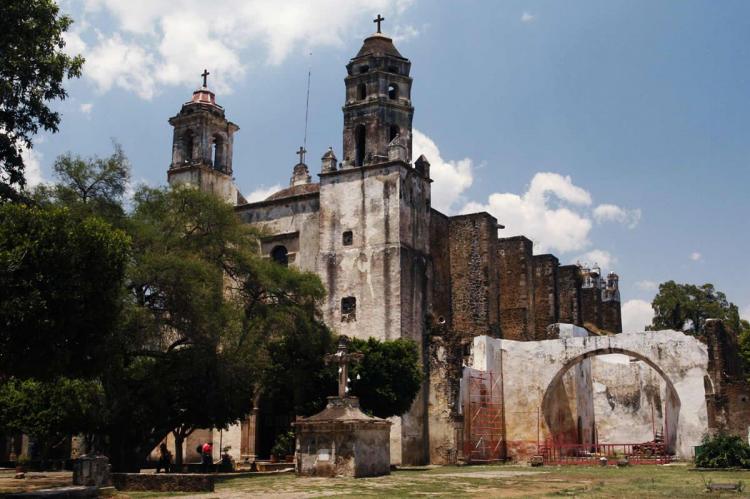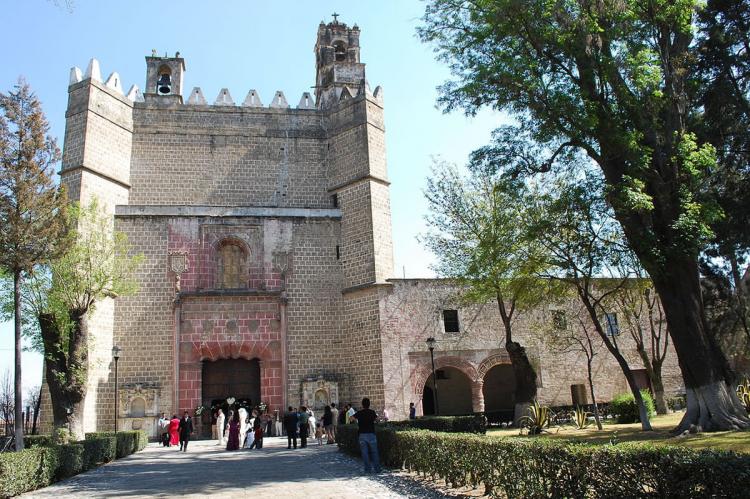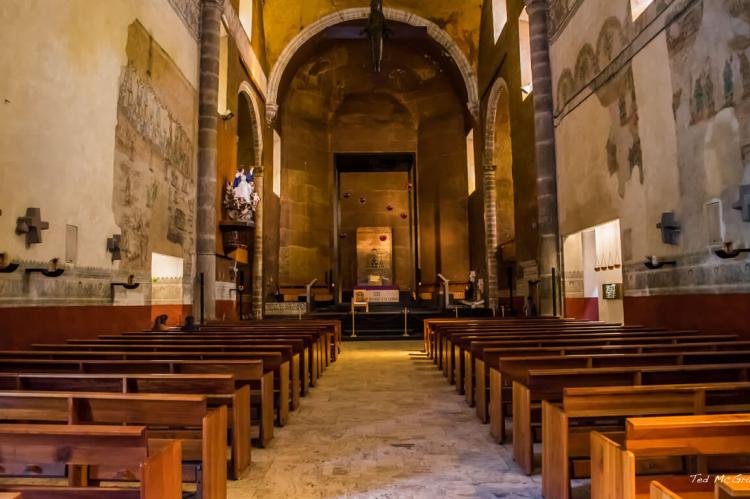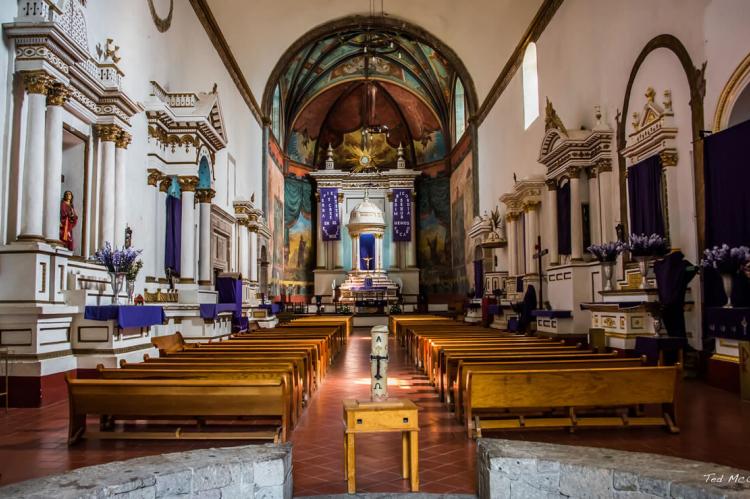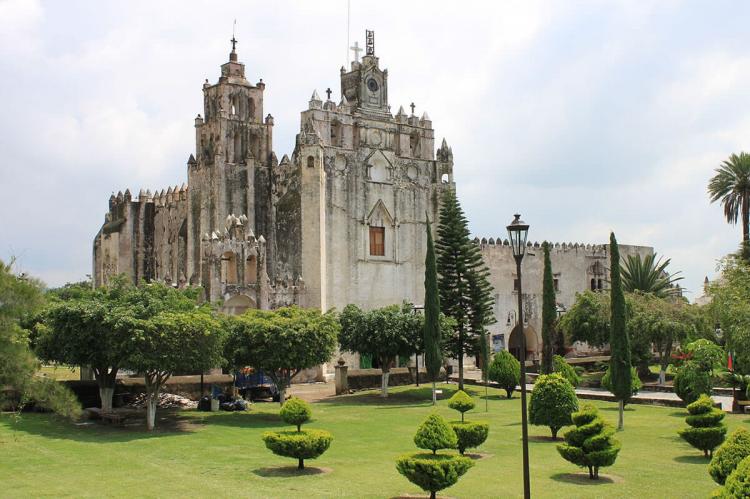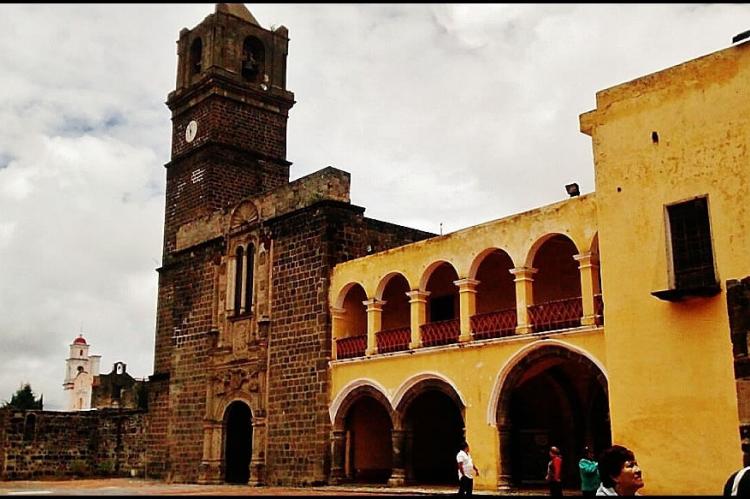Monasteries on the Slopes of Popocatépetl (Mexico)
The 16th-century monasteries on the slopes of the iconic Popocatepetl volcano in Mexico are UNESCO World Heritage sites with 14 parts. Built by the Augustinians, Franciscans, and Dominicans, they symbolize the evangelization and colonization efforts that shaped northern Mexico.
Monasteries on the Slopes of Popocatepetl
Nestled on the slopes of the iconic Popocatepetl volcano in Mexico, the Earliest 16th-century Monasteries constitute a UNESCO World Heritage property with 14 parts spanning the states of Morelos and Puebla. These monasteries, constructed by the Augustinians, Franciscans, and Dominicans, stand as enduring symbols of the evangelization and colonization efforts that shaped the northern territories of Mexico in the 16th century.
Evangelization
The impetus behind the construction of these monasteries was evangelizing the areas south and east of the Popocatepetl volcano. Augustinians, Franciscans, and Dominicans undertook the monumental task of spreading Christianity in central Mexico, leading to the establishment of these architectural marvels. The monasteries were hubs for religious activities, education, and interaction between indigenous peoples and missionary friars.
Architecture
One striking feature common to these monasteries is the presence of expansive atriums in front of single nave churches, each accompanied by a capilla abierta or open chapel. The atriums were pivotal as meeting points between indigenous communities and missionary friars. Outdoor masses for the newly converted occurred within these atriums rather than inside the church, fostering a unique blend of indigenous and Christian traditions.
This architectural arrangement, characterized by large atriums and open chapels, became a blueprint for missionary efforts across New Spain. The 14 monasteries, including those in the State of Morelos (Atlatlahucan, Cuernavaca, Tetela del Volcan, Yautepec, Ocuituco, Tepoztlan, Tlayacapan, Totolapan, Yecapixtla, Hueyapan, and Zacualpan de Amilpas) and the State of Puebla (Calpan, Huetotzingo, and Tochimilco), showcase a harmonious integration of architectural and open spaces.
The monasteries on the slopes of Popocatepetl represent a departure from traditional architectural norms, introducing new concepts where open spaces gain renewed importance. This innovative style, with its emphasis on large atriums and open chapels, had a far-reaching influence within Mexican territories and beyond national borders.
The distinctive characteristic of these monasteries lies in the intricate relationship between built and open spaces. The wide forecourt or atrium, adorned with individual posas and open chapels, is a testament to architectural innovation and cultural synthesis. This emphasis on open spaces and integrating religious and communal areas reflects a unique approach to missionary architecture.
Legacy
Founded in areas with dense indigenous settlements, the monasteries served as focal points for urban development, a role that persists to this day. Their architectural model, characterized by rectangular atriums, imposing single-nave churches, and abbeys to the south, became a regional architectural norm. The grand atriums, open chapels, and hydraulic structures designed for community water use all contribute to the enduring legacy of these monasteries.
Conclusion
In conclusion, the Monasteries on the Slopes of Popocatepetl are not merely architectural wonders; they embody a profound cultural and historical narrative. Built as part of the evangelization mission, these monasteries symbolize the blending of indigenous and European traditions. The harmonious integration of architectural elements and open spaces reflects the ingenious approach of the Augustinians, Franciscans, and Dominicans in creating cultural bridges that endure today. As we explore these 16th-century marvels, we are reminded of the rich tapestry of Mexico's history and the enduring legacy of the cultural exchange between different worlds.
